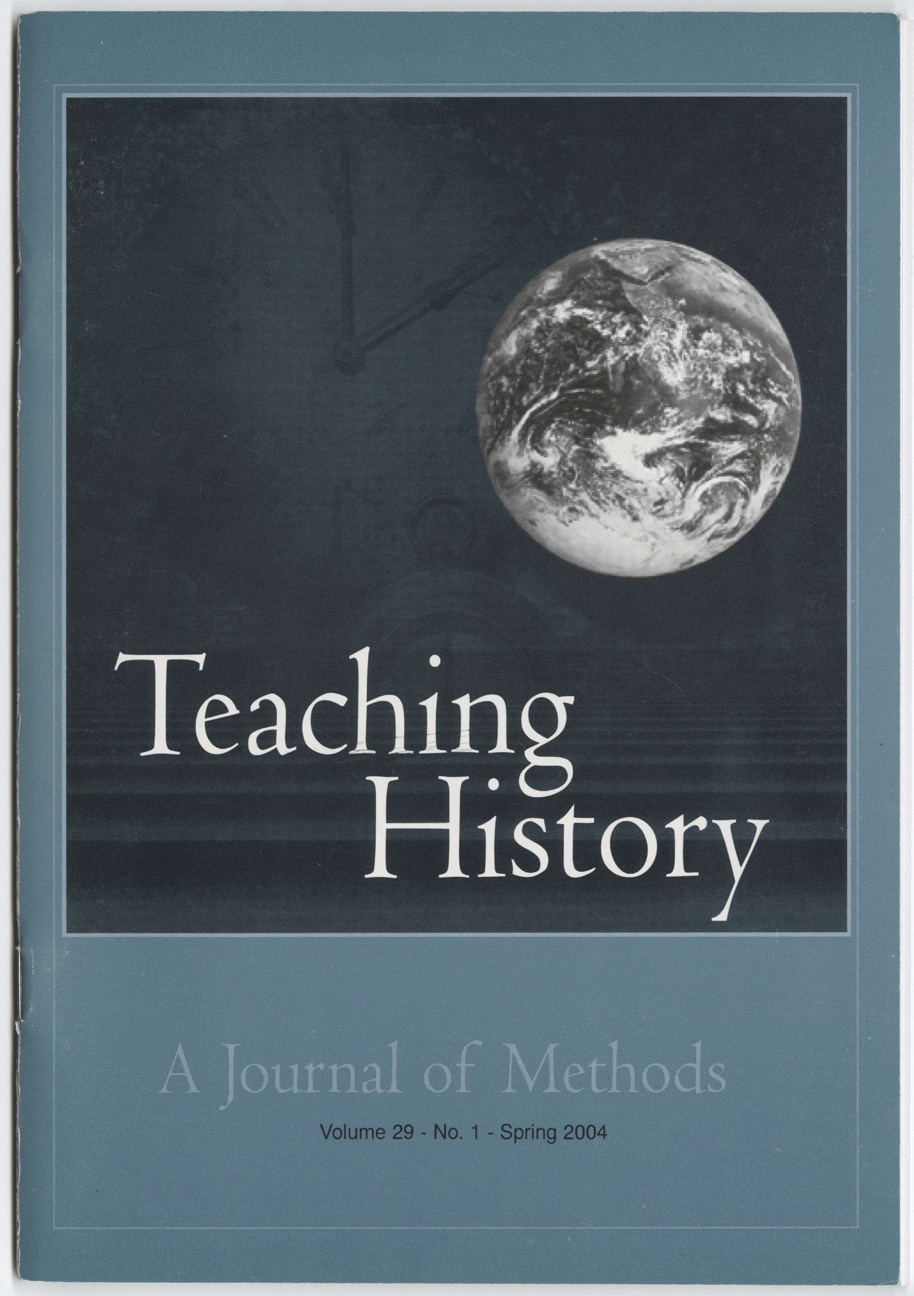Integrating Primary And Secondary Sources
A Model From Early America
DOI:
https://doi.org/10.33043/TH.29.1.3-13Abstract
It is always a boon to history teachers when one of the profession's most respected scholars publishes a synthetic, concise, and accessible book. It was therefore with much enthusiasm that I assigned Joyce Appleby's recently published Inheriting the Revolution in my undergraduate course on early America, and it came as no surprise when this work provoked a lively discussion.1 Students who were aware of Tom Brokaw's The Greatest Generation were intrigued by Appleby's implicit suggestion that America's truly great generation was not comprised of Brokaw's heroes, but rather those men and women born in the years just after the Revolution. Others demurred, questioning the utility of comparing generations at all, and arguing that generations do not exist autonomously, but rather build upon each other, acquiring an identity through the selective adaptation and rejection of the preceding generation's habits and characteristics. Appleby similarly struck a cord with her claim that the founding generation of Americans enjoyed a rare opportunity to set a precedent for American individualism, and that the definition that they forged remains- for better or worse-an integral aspect of American culture today. Perhaps most importantly, Inheriting the Revolution evoked excitement from a generally indifferent undergraduate audience because of the primary sources that she used: autobiographies. Her explanation that "almost four hundred men and women in this cohort wrote autobiographies" inspired one student to remark that writing the book "must have been a lot of fun."
Downloads
Downloads
Published
How to Cite
Issue
Section
License
Copyright (c) 2004 James E. McWilliams

This work is licensed under a Creative Commons Attribution-NonCommercial-NoDerivatives 4.0 International License.
By submitting to Teaching History, the author(s) agree to the terms of the Author Agreement. All authors retain copyrights associated with their article or review contributions. Beginning in 2019, all authors agree to make such contributions available under a Creative Commons Attribution-NonCommercial-NoDerivatives 4.0 International license upon publication.



